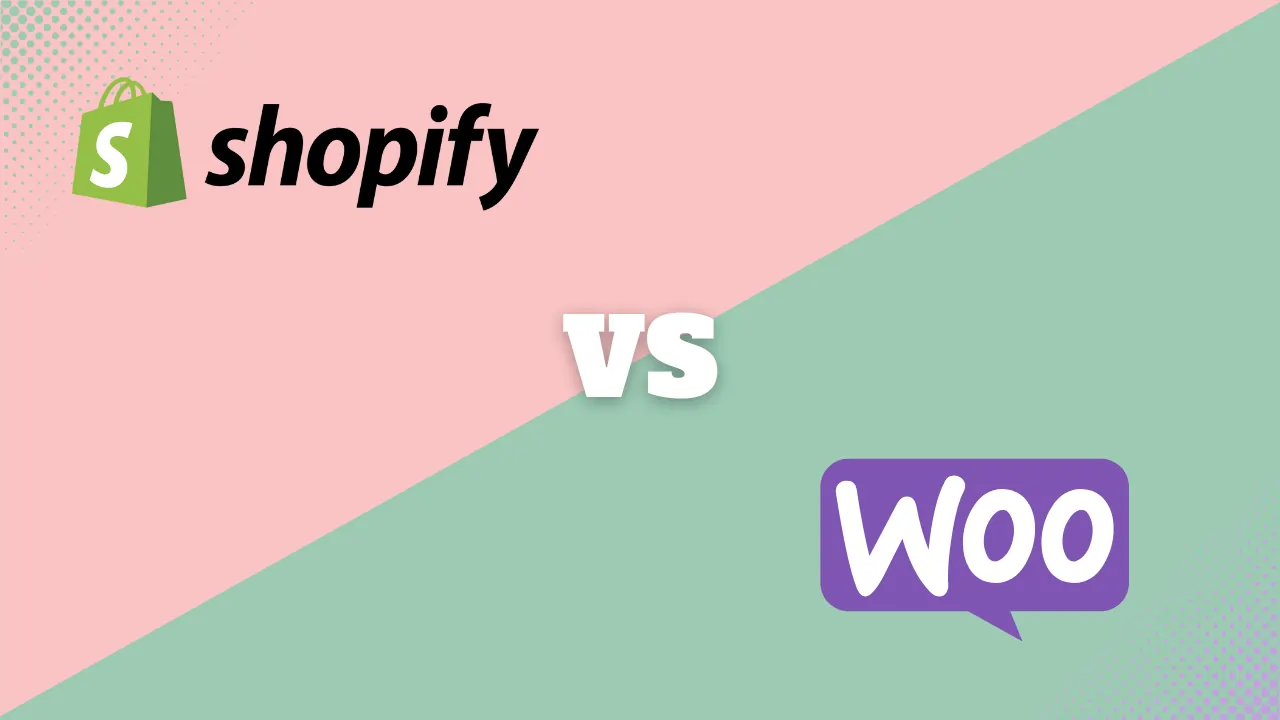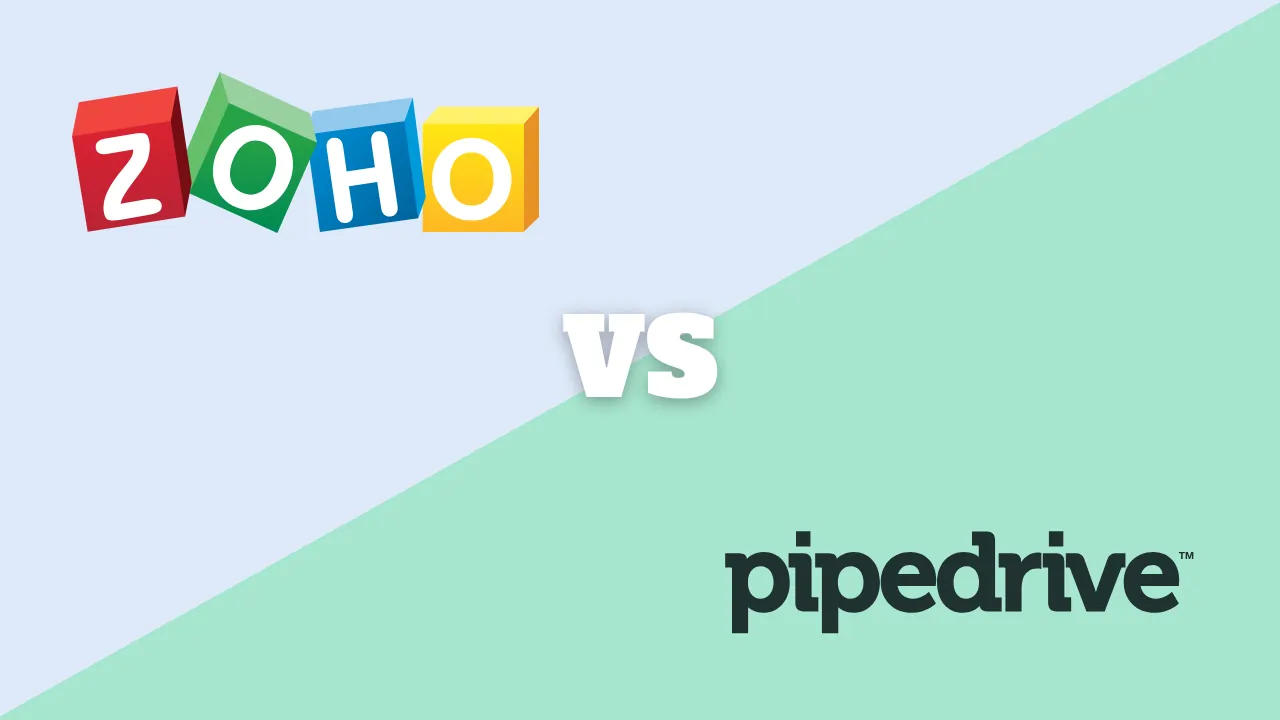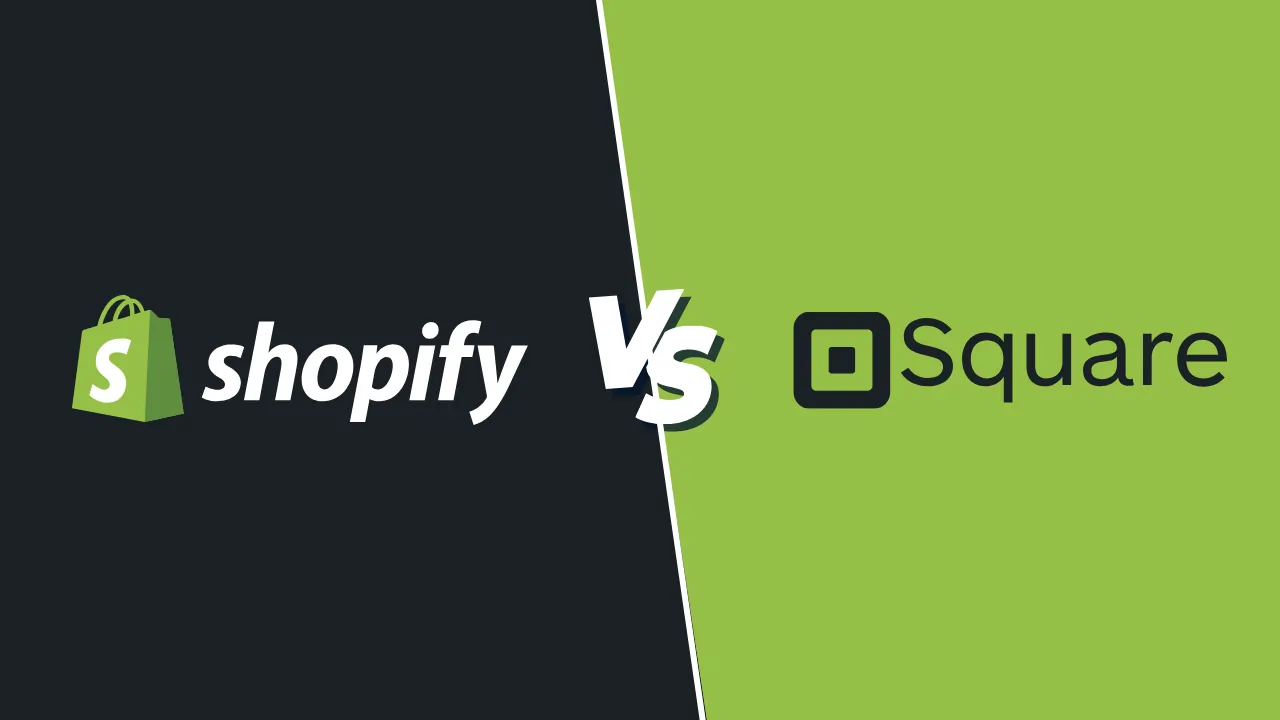Toast vs Lightspeed POS 2025 : Which system is better for your restaurant or retail business?

Choosing between Toast and Lightspeed POS means deciding whether you want a restaurant-focused platform or a cross-industry system with advanced inventory and analytics.
Toast is purpose-built for restaurants, combining POS, online ordering, payroll, and delivery management under one ecosystem. Lightspeed serves retail and hospitality operations with sophisticated inventory, eCommerce, and analytics tools that also fit high-volume foodservice.
This in-depth comparison outlines key differences in pricing, hardware, scalability, and reporting to help small and midsize business owners pick the platform that delivers the best return on investment.
Key points
Toast is an all-in-one POS platform built specifically for restaurants, with native online ordering, delivery, KDS, and labor management.
- Lightspeed is a flexible, data-driven POS designed for retail, hospitality, and hybrid operations, offering advanced inventory control and analytics.
- Toast integrates tightly with restaurant workflows and provides specialized hardware built for kitchens; Lightspeed supports iPad setups and broader third-party compatibility.
- Lightspeed excels in detailed reporting, multi-location analytics, and eCommerce; Toast shines in menu management, staff efficiency, and restaurant profitability.
- Toast suits foodservice operations seeking seamless front- and back-of-house coordination; Lightspeed fits businesses that sell both goods and services across multiple channels.
Market position & use cases
Toast targets the restaurant industry exclusively. Its platform combines ordering, delivery, labor tracking, and analytics—all in one package. Toast markets to full-service restaurants, cafés, bars, QSRs, and multi-location groups.
Lightspeed targets retail and hospitality, with versions for restaurants, hotels, and retailers. Lightspeed Restaurant POS focuses on flexibility—menu management, tableside ordering, and data-driven insights—while also supporting retail operations through Lightspeed Retail.
Fact-based summary:
Toast dominates pure foodservice workflows; Lightspeed is broader, built for restaurants that operate alongside retail or event sales.
Quick comparison table
|
Feature |
Toast POS |
Lightspeed POS |
|
Primary focus |
Full-service & quick-service restaurants |
Restaurants, retail, and hospitality |
|
Best for |
Foodservice operations seeking an all-in-one solution |
Multi-channel or retail-hybrid businesses |
|
Hardware |
Proprietary Toast devices (terminals, handhelds, KDS) |
iPad-based POS or Lightspeed terminals |
|
Menu & order tools |
Built-in coursing, delivery, and KDS |
Customizable menus, modifiers, and ordering |
|
Inventory |
Ingredient-level tracking & menu costing |
Advanced SKU-level and supplier tracking |
|
E-commerce |
Online ordering and delivery built-in |
Native eCommerce for retail & hospitality |
|
Analytics & reporting |
Real-time restaurant dashboards |
Deep financial & multi-location analytics |
|
Payment processing |
Toast Payments (required) |
Lightspeed Payments (optional, integrated) |
|
Pricing transparency |
Custom quotes; pay-as-you-go option |
Tiered pricing; quote-based by region |
|
Scalability |
Ideal for growing restaurant chains |
Ideal for multi-outlet, multi-vertical businesses |
Takeaway:
Toast wins on restaurant depth and workflow integration. Lightspeed wins on data analytics, inventory, and cross-industry scalability.
Hardware & device ecosystem
|
Feature |
Toast |
Lightspeed |
|
Device range |
Terminals, handhelds (Toast Go), kiosks, KDS |
iPads, desktops, and Lightspeed POS terminals |
|
Durability |
Rugged, spill- and heat-resistant hardware |
Consumer-grade iPads; add-ons available |
|
Offline mode |
Full offline ordering & payments |
Offline transaction queue; syncs when reconnected |
|
Peripheral compatibility |
Works with Toast-certified printers & hubs |
Works with a variety of POS peripherals |
|
Setup |
Professional installation & onboarding |
DIY or assisted setup via onboarding team |
Verdict:
Toast delivers hardware durability and reliability for restaurant environments; Lightspeed offers flexibility and lower hardware overhead.
Core feature suite & depth
Toast
- Built-in order management with course sequencing and ticket routing
- Real-time menu edits across locations
- Kitchen Display System (KDS) and handheld devices for faster service
- Integrated payroll, team management, and tip tracking
- Loyalty and marketing tools baked into the system
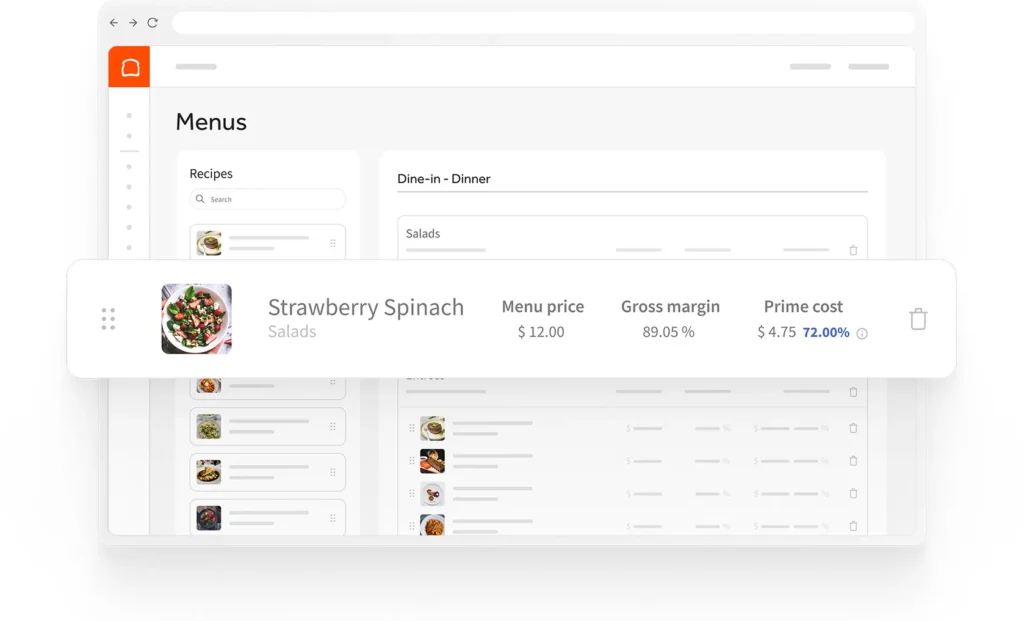
Lightspeed
- Menu and item management for restaurants and retailers
- Advanced inventory: bundles, modifiers, purchase orders
- Integrated eCommerce store with synced catalog
- Role-based access control and detailed user logs
- CRM and loyalty program integration
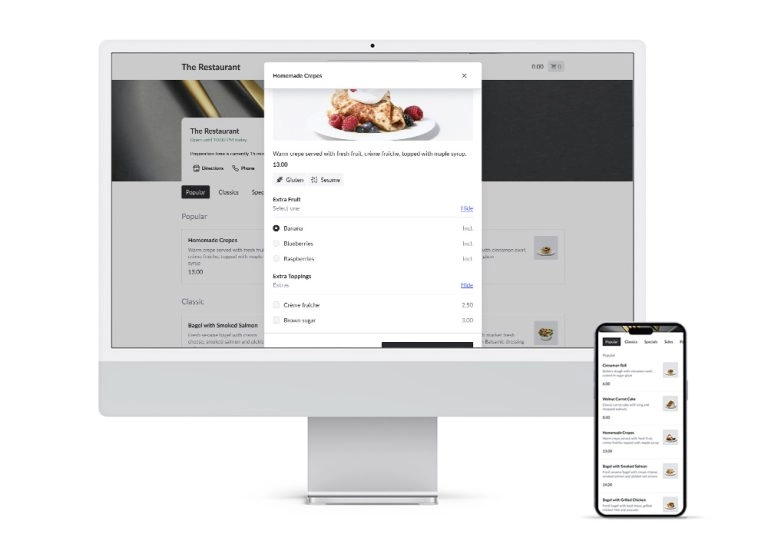
Verdict:
Toast focuses on restaurant speed and coordination. Lightspeed covers broader sales types with advanced inventory and CRM tools.
Reporting, analytics & insights
Toast
- Real-time restaurant analytics accessible via Toast Web
- Menu engineering reports and labor vs. sales insights
- Multi-location and category performance dashboards
- Scheduled email reporting for managers
Lightspeed
- Retail- and hospitality-grade analytics with profit, margin, and turnover metrics
- Custom dashboards and scheduled reports
- Centralized analytics for chains and franchises
Verdict:
Lightspeed leads in financial and multi-channel reporting. Toast leads in restaurant-specific performance and labor insights.
Integrations, ecosystem & extensibility
- Toast: Centralizes restaurant operations—ordering, payroll, loyalty, and marketing—inside one ecosystem. It integrates externally with accounting and delivery partners but prioritizes native modules for consistency.
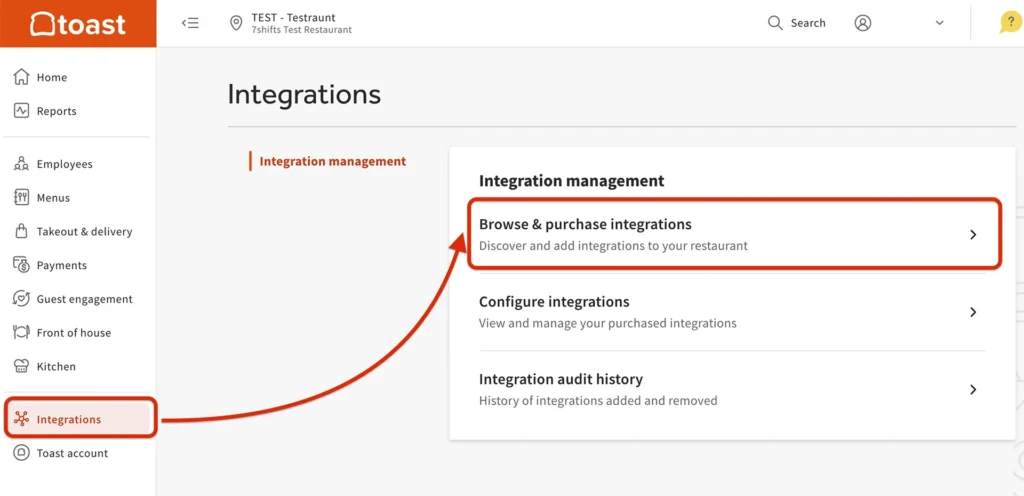
- Lightspeed: Offers an open ecosystem with APIs and third-party integrations across eCommerce, accounting, payments, and CRMs.
Verdict:
Toast favors simplicity through internal integration; Lightspeed offers broader third-party extensibility.
AI / automation / smart tools
Toast
- Automated reports and notifications (low inventory, labor alerts).
- Forecasting tools for sales and staffing based on historical data.
- Benchmarking against peer restaurants (available in analytics suite).
Lightspeed
- AI-assisted inventory forecasting and demand prediction.
- Smart reorder suggestions for stock and supplier management.
- Automated pricing rules for retail and hospitality clients.
Verdict:
Toast automates restaurant efficiency; Lightspeed automates analytics and inventory.
Pricing, payment processing & contract structure
|
Aspect |
Toast |
Lightspeed |
|
Software plans |
Starts around $69/mo; pay-as-you-go option |
Retail & Restaurant plans start ~$69/mo |
|
Processing |
Toast Payments required; custom rate |
Lightspeed Payments optional; region-based rate |
|
Hardware |
Custom bundles; financed or upfront |
iPad BYOD or Lightspeed terminals |
|
Contracts |
Multi-year with early-exit fees |
Monthly or annual; discounts for annual |
|
Add-ons |
Loyalty, Payroll, Delivery modules |
Analytics, eCommerce, CRM, Hospitality tools |
Summary:
Toast has custom pricing and integrated payments; Lightspeed provides modular pricing with optional payments.
Support, reliability & uptime
Toast
- 24/7/365 support included across all plans.
- Installation, training, and onboarding with every hardware bundle.
- Restaurant-grade reliability with offline continuity.
Lightspeed
- 24/7 support via phone, chat, and email.
- Dedicated onboarding for multi-location accounts.
- SLA-backed uptime for enterprise clients.
Verdict:
Both deliver strong uptime and global support; Toast’s hands-on installation gives it an edge for restaurants with complex setups.
Scalability & multi-location management
Toast: Centralized menu and reporting through Toast Web; manage pricing, labor, and analytics chain-wide.
Lightspeed: Multi-store inventory control, global catalog management, and chain analytics from a single dashboard.
Verdict:
Toast scales naturally for multi-location restaurants; Lightspeed scales more effectively across industries or hybrid operations.
Real-world use cases / examples
Case 1 – Full-service restaurant
Full-service restaurants require advanced POS capabilities to manage coursing, kitchen display systems (KDS), and delivery integrations. Coordinating dine-in, takeout, and delivery orders efficiently is key to maintaining service speed and consistency across every shift and outlet.
Best fit: Toast, which includes these features natively and scales easily for multi-location operations.
Case 2 – Café and retail hybrid
Cafés that also sell packaged goods or branded merchandise need a system that bridges café service and retail sales. Unified management of menu items, stock levels, and payment processing helps streamline checkout and maintain accurate reporting across both sides of the business.
Best fit: Toast, for its ability to combine café transactions and retail inventory under one platform with simple, transparent pricing.
Case 3 – Franchise rollout
Franchise operators require centralized menu management, consistent pricing, and consolidated reporting across all locations. Visibility into performance metrics and menu changes across the network supports quality control and operational efficiency.
Best fit: Toast, powered by Toast Web, which offers multi-location controls and centralized oversight for growing franchise groups.
Final verdict & recommendation table
| Best Choice | Reason | |
|
Restaurant operations |
Toast |
Built for foodservice efficiency |
|
Retail & hybrid sales |
Lightspeed |
Handles inventory + eCommerce |
|
Multi-location management |
Both |
Toast for restaurant chains; Lightspeed for mixed verticals |
|
Hardware durability |
Toast |
Rugged, kitchen-ready |
|
Inventory control |
Lightspeed |
Advanced SKU tracking |
|
Ease of setup |
Toast |
Guided onboarding |
|
Pricing transparency |
Lightspeed |
Tiered structure, optional payments |
Summary:
- Choose Toast for restaurant precision and integrated workflows.
- Choose Lightspeed for cross-channel sales, inventory intelligence, and growth flexibility.
FAQ: Toast vs Lightspeed POS (2025)
1. Which is cheaper over five years, Toast or Lightspeed?
Lightspeed tends to be more cost-effective long-term for multi-vertical retailers, while Toast can be pricier due to proprietary hardware and processing contracts.
2. Which POS offers better restaurant features?
Toast, with native menu engineering, KDS, delivery, and restaurant analytics.
3. Does Lightspeed support restaurants too?
Yes. Lightspeed Restaurant POS offers menu management, tableside ordering, and hospitality tools similar to Toast.
4. Can you use third-party hardware with either system?
Lightspeed supports iPads and third-party accessories. Toast requires its own certified hardware.
5. Which has better inventory and analytics?
Lightspeed leads in SKU-level and supplier analytics; Toast focuses on menu performance and labor analytics.
6. Do both have online ordering?
Toast includes built-in online ordering and delivery. Lightspeed includes eCommerce for retail but may require add-ons for restaurant delivery.
7. Which scales better for mixed operations (restaurant + retail)?
Lightspeed, with its unified platform for retail, hospitality, and online stores.
8. Can I switch from Toast to Lightspeed easily?
Migration requires data export and hardware replacement; Toast hardware isn’t compatible with Lightspeed systems.
9. Which is easier to use daily?
Toast is more intuitive for restaurant staff. Lightspeed offers more control but requires training.
10. Which POS provides stronger multi-location reporting?
Both—Toast centralizes restaurant data through Toast Web; Lightspeed aggregates analytics across stores and channels.
Final word
Toast delivers unmatched restaurant integration—from table to ticket to analytics—making it ideal for foodservice SMBs and chains.
Lightspeed provides powerful data management, multi-channel selling, and scalability across retail and hospitality.
If your business is 100% restaurant-focused, Toast is the smarter long-term investment.
If you manage multiple revenue streams or retail alongside food, Lightspeed offers superior versatility and analytical control.

